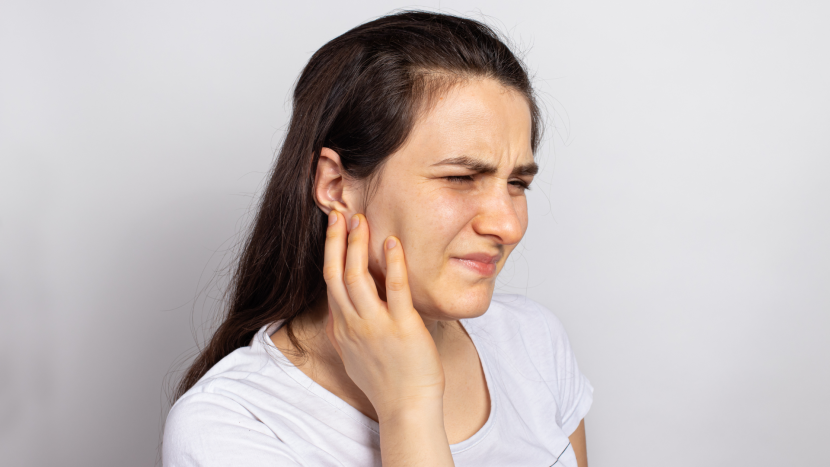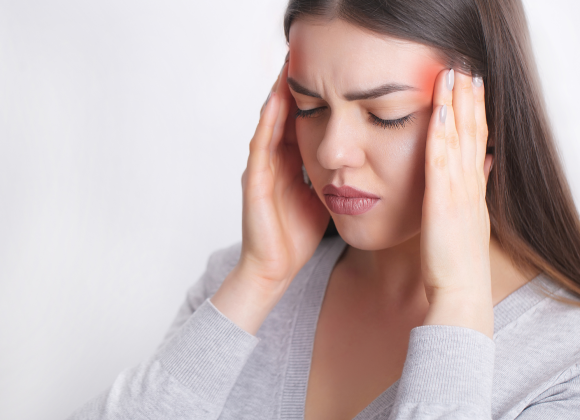Ear infections are often associated with childhood, but adults can get them too. Whether it’s a sharp pain, muffled hearing, or persistent itching, ear infection in adults can be uncomfortable and disruptive to daily life. Understanding the symptoms, causes, and treatment options can help you find relief quickly and prevent future infections.
In this blog, we’ll break down everything you need to know about adult ear infections, including when to seek medical help and natural remedies that may support healing.
What Is an Ear Infection?
An ear infection occurs when bacteria, viruses, or fungi invade the structures of the ear, causing inflammation, fluid buildup, and pain. Adults typically experience infections in the middle ear (otitis media) or outer ear (otitis externa, also known as swimmer’s ear).
Common Symptoms of Ear Infections in Adults
Ear infections in adults can develop suddenly or gradually, often causing discomfort and disruption to daily life. One of the most noticeable symptoms is ear pain or a feeling of pressure inside the ear. This may be accompanied by muffled or reduced hearing, giving a sensation of fullness or blockage. In some cases, fluid drainage from the ear, whether clear, yellow, or pus-like, may occur. Itching or irritation, especially with outer ear infections, is also common. Additional symptoms may include fever, ringing in the ear (tinnitus), and even dizziness or balance problems. If any of these symptoms persist or worsen, it’s important to seek medical advice promptly.
What Causes Ear Infections in Adults?
1. Bacterial or Viral Infections
Often a result of a cold, sinus infection, or respiratory illness. Germs can travel from the throat to the middle ear via the Eustachian tubes.
2. Allergies
Allergic reactions can cause swelling in the nasal passages and Eustachian tubes, trapping fluid and creating a breeding ground for bacteria.
3. Water Exposure
Frequent swimming or moisture trapped in the ear canal can lead to outer ear infections.
4. Earwax Buildup
Excessive or impacted earwax can trap bacteria, leading to infection.
5. Injury or Aggressive Cleaning
Using cotton swabs or inserting objects into the ear can damage the skin and increase the risk of infection.
Treatment Options for Adult Ear Infections
Treating ear infections in adults often depends on the underlying cause, but several effective medical options are commonly used. For bacterial infections, doctors may prescribe oral antibiotics or medicated ear drops to clear the infection. In cases involving fungal infections, antifungal ear drops are typically recommended. Pain relievers like ibuprofen or acetaminophen can help manage discomfort and reduce inflammation. If allergies or sinus congestion are contributing to the issue, decongestants or antihistamines might also be advised. It’s crucial to follow the full course of any prescribed medication, even if symptoms begin to improve, to ensure the infection is fully resolved and to prevent recurrence.
Natural Remedies for Mild Ear Infections
If symptoms are mild and you’re not experiencing fever or severe pain, you may try these at-home remedies (after consulting your doctor):
- Warm Compress: Apply a warm (not hot) cloth over the affected ear for 15–20 minutes to relieve pain.
- Garlic Oil Drops: Garlic has natural antimicrobial properties. Warm garlic-infused oil may help (only if there’s no fluid discharge or eardrum perforation).
- Apple Cider Vinegar + Alcohol: A 1:1 mixture can help fight fungal infections—used as ear drops (only for outer ear infections and never with a ruptured eardrum).
- Steam Inhalation: Loosens mucus, eases pressure, and helps clear the Eustachian tubes.
Ear Infection Prevention & When to See a Doctor
To prevent ear infections, avoid putting objects like cotton swabs into your ears and make sure to dry your ears well after swimming or bathing. Managing allergies and sinus issues early can also reduce your risk. Smoking increases the chances of infections, so it’s best to avoid it. Keeping your immune system strong through a healthy diet, regular exercise, and enough sleep can help, too. See a doctor if you have ongoing ear pain, a fever over 101°F, fluid coming from the ear, noticeable swelling or redness, hearing loss that doesn’t get better, or frequent ear infections.
Final Thoughts
While ear infections are less common in adults than in children, they can still be painful and bothersome. The good news is that with the right treatment—whether medical or natural—most ear infections resolve quickly and without complications. Staying proactive about ear hygiene and treating underlying causes like allergies or sinus infections can go a long way in preventing future flare-ups.




